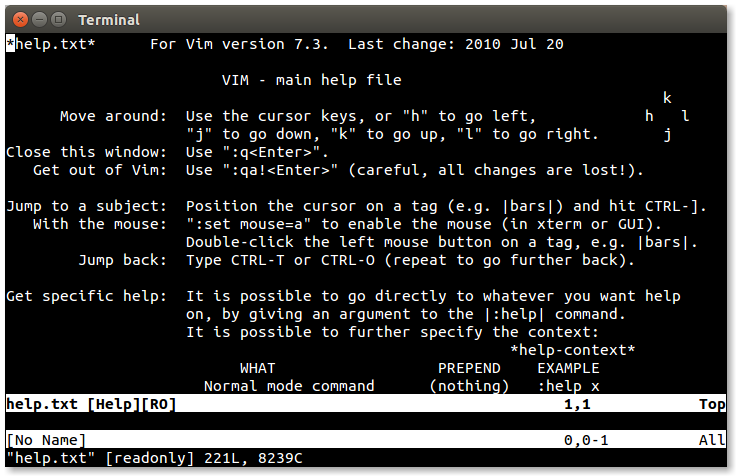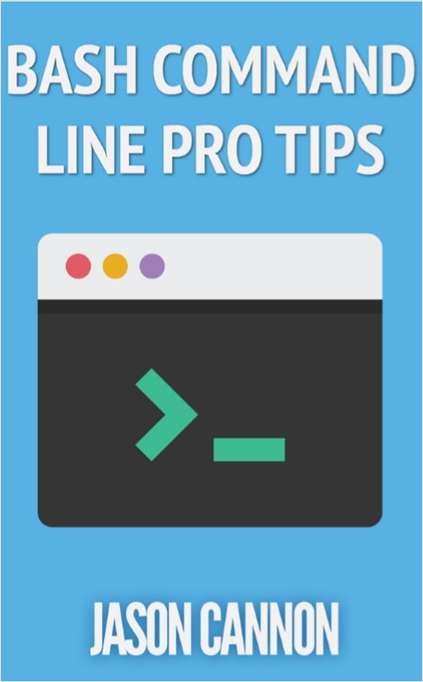

Visual Mode: Similar to Normal Mode, but generally used to visually “select” and highlight chunks of text or code.Normal Mode: The default mode that is used for editor commands.There are 6 basic modes, and the other six modes are just variations of the same. Yes, you read that right - most editors tend to have just one mode (that is, “editing”). With that out of the way, Vim needs a fair amount of getting used to, before you can actually master its interface. It might be a good idea to search for Vim in the distro’s repository itself, if your Linux machine does not have it installed already. Most Linux distros tend to bundle Vim as an alternative text editor nowadays. Mac users, on the other hand, can find the respective version from this repository. Windows users can grab the latest version from the official website here.
#Vimr from command line download#
As far as the download goes, Vim is a totally free and open source software. The installation process is fairly straightforward.

#Vimr from command line install#
Now that we have established what all Vim can bring to the table, the obvious question arises - how do we get it?įor a start, the first step is to download and install Vim. This is especially why it has been around for several years now - Vim is a simple yet powerful tool that just gets the job done. Integration with custom tools, as well as standard text editing features such as Find and Replace.Īll such features, put together, make Vim a robust and reliable text editor.An extensive plugin repository to get the most out of the Vim text editor.Support for various file formats and extensions, including several programming languages.Memory-persistent, multi-level undo feature.While Vim is probably not the most eyecandy editor out there, it makes up for its less enticing appearance by providing a wide range of features. It is highly configurable and easily adaptable. That said, Vim still continues to be a popular text editing option.
#Vimr from command line code#
Plus, modern code editors such as Atom can also fill in as a text editor when needed without causing too much of a strain on memory resources. Not a Vim user? Why not check out our list of awesome Brackets extensions?

This is primarily due to the advent of newer text editors to the scene, such as gedit on Linux. Of late, Vim has found itself falling out of favor. In fact, for several decades, Vim was the default text editor of choice on most UNIX operating systems, including popular Linux distros and certain Apple devices. It is the successor to the Vi editor, and has been around ever since the 1970s. As such, it is worth the effort to take a moment and first familiarize ourselves with the Vim editor itself. However, it has a very loyal user base and comes loaded with a good set of features. In this article, we will be taking a look at some of the most popular and useful Vim commands.ĭefining itself as “the ubiquitous text editor”, Vim is not something that the average computer user is likely to run everyday. Vim is a text editor that has been around for ages and is fairly popular among the coders and advanced users. Mastering Vim Commands: The Ultimate List


 0 kommentar(er)
0 kommentar(er)
